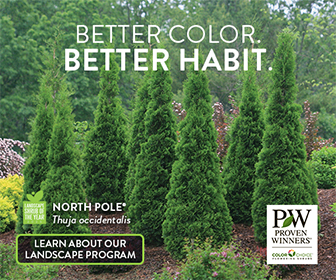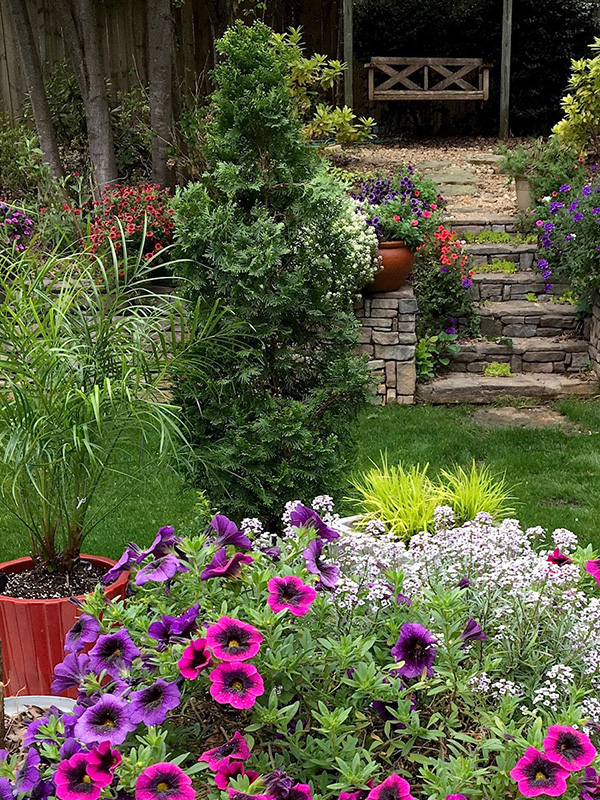Conifer takes honors in 2025.
Let's have a little talk about the North Pole.
No, I am not referring to the home place of the Jolly St. Nick but North Pole arborvitae, Proven Winners Landscape Shrub of the Year for 2025.
While indeed it may correctly be classified as a shrub many of you may think of it as a tree. North Pole arborvitae is known botanically as Thuja occidentalis and commonly called American Arborvitae, and Eastern White Cedar, and Tree of Life. While some Thuja have been known to create a feeling of fear and trepidation, this can usually be associated with the wrong application in the landscape. The North Pole, however, is one most worthy of the honor it received.
Thuja occidentalis is native to 23 states and part of Canada. In its native range it was called the Tree of Life when explorers learned from Indians how to use the leaves to treat scurvy. It is doubtful you will be called upon to use the foliage for medicinal purposes but the aesthetics in the landscape is another thing. The North Pole is considered not only beautiful but mild mannered. A native to be treasured for years.
Think there's no room for a conifer? When you consider a height of 10 to 15 feet and a 5-foot width, an exquisite Christmas tree shape comes to mind. Almost every landscape has room for such a beautiful shrub. Consider growing it in a container on the outward corners of a patio like I do (see photo above).
As fall planting season comes around, I plan to incorporate these into prime locations in the front landscape. I have been building a small conifer collection with different colors and shapes. There are blue ground cover shrub junipers called Montana Moss, golden western arborvitae named Fluffy, golden chamaecyparis or false cypress and blue-green dwarf cryptomeria. The North Pole arborvitae will fit just perfectly in height and color. With sunlight, fertile, well-drained soil you can be in business too.
Those on the patio have been pure joy. First, they are planted in ceramic glazed self-watering AquaPots. This has made watering and feeding a breeze. The hidden plastic tube is easy for insertion of a water hose for filling up the reservoir as well as placing a scoop of water-soluble fertilizer. Of course, each pot is filled with high-grade potting soil.
The containers not only have the North Pole arborvitae but also colorful flowers like Superbena Violet Ice verbena and Superbells Double Redstone calibrachoas. I group mixed containers of Supertunia petunias, Solenia begonias, and ornamental grasses like Queen Tut papyrus around the North Pole planter. The dark evergreen needle-like leaves are the perfect backdrop for colorful flowers and foliage of differing textures.
If you're looking for the perfect living Christmas tree for an entryway, put the North Pole arborvitae at the top of your list. In year one mine were about 4-feet tall and now starting year four they are approximately 7-feet in height. You can’t beat the value considering this Christmas tree will not only live for years but get bigger and better with each holiday season.
Planting season is here so start sourcing North Pole arborvitaes. Everyone can use the bones and evergreen structure they provide, whether in containers or planted in the ground.
Follow me on Facebook @NormanWinterTheGarden Guy for more photos and garden inspiration.


